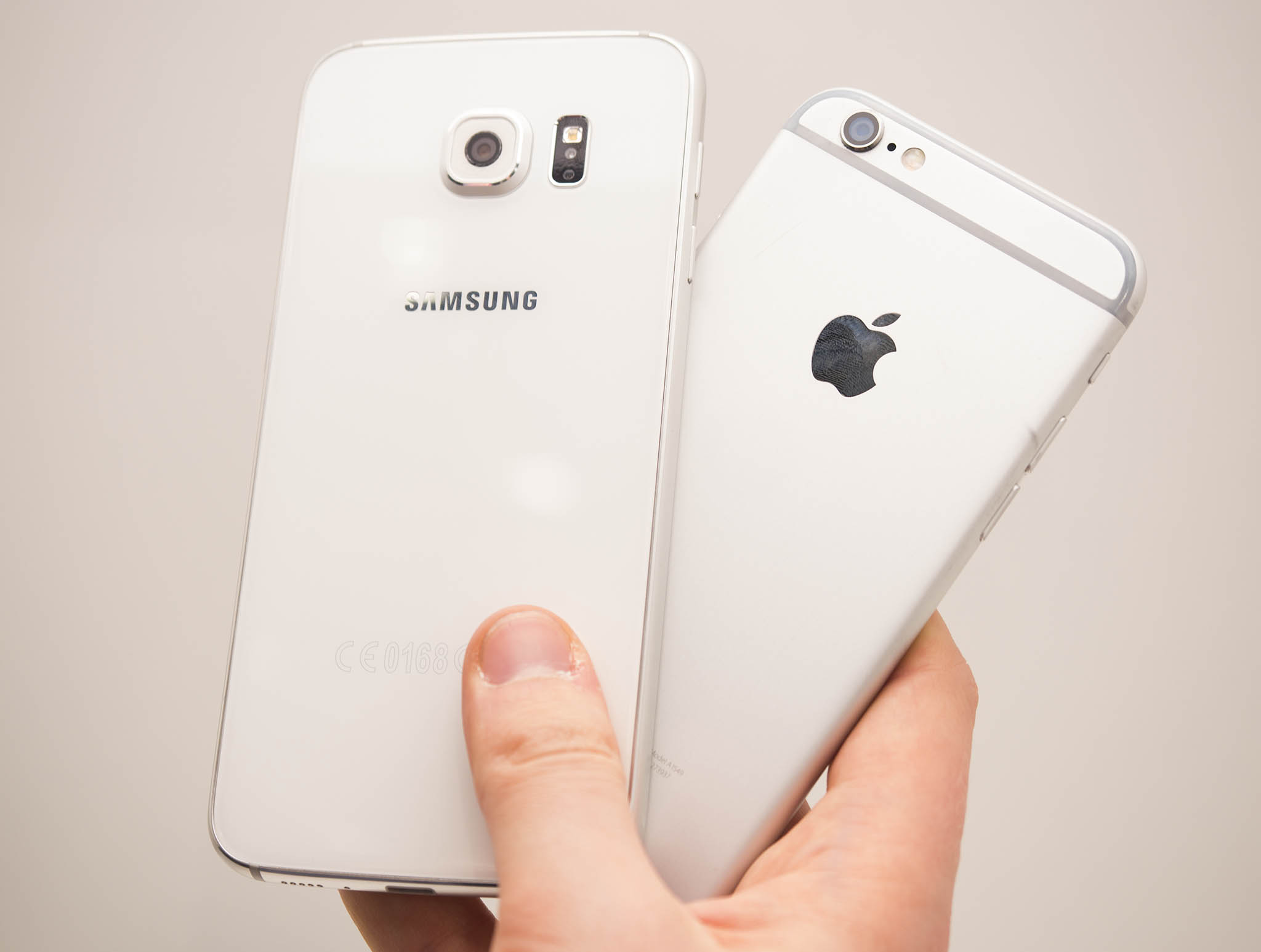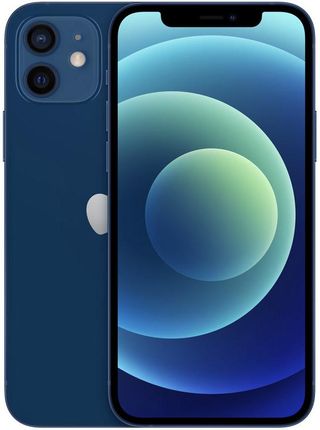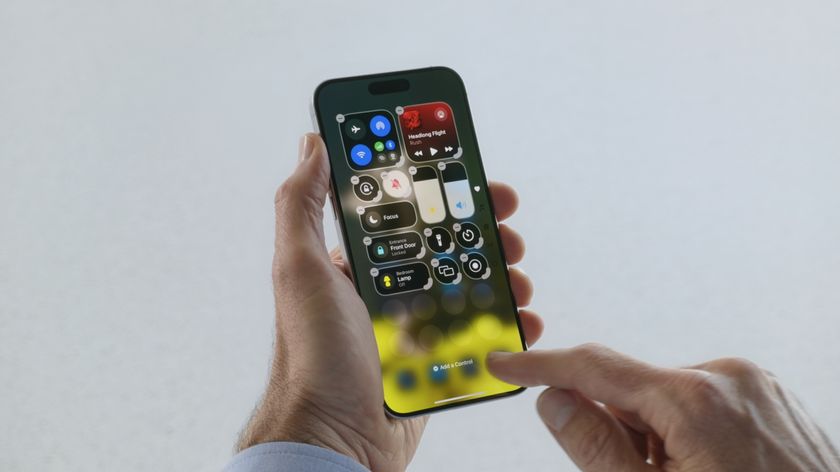Samsung, HTC, LG comment on #iPhoneSlow despite awkward histories of cheating on benchmarks

Apple handled informing customers about the changes made by iOS 10.2.1 to iPhone performance and power management badly. The company has since apologized for that and laid out the steps it will take to make things right.
That includes a far better explanation of what's going on and why. From Apple Support:
With a low battery state of charge, a higher chemical age, or colder temperatures, users are more likely to experience unexpected shutdowns. In extreme cases, shutdowns can occur more frequently, thereby rendering the device unreliable or unusable. iOS 10.2.1 (Released January 2017) includes updates for previous models of iPhone to prevent them from unexpectedly shutting down. This includes a feature for iPhone 6, iPhone 6 Plus, iPhone 6s, iPhone 6s Plus, and iPhone SE to dynamically manage the instantaneous performance peaks, only when needed, to prevent the device from unexpectedly shutting down. This capability was also extended to iPhone 7 and iPhone 7 Plus with iOS 11.2, and we will continue improving our power management feature in the future. This feature's only intent is to prevent unexpected shutdowns so that the iPhone can still be used.
Following Apple's open letter and new support document, media outlets asked other vendors if they were similarly throttling performance in the face of old and aging batteries.
Here's what those companies had to say, their histories with performance issues and disclosures thereof, and what it means for the greater conversation about the interplay of processors and batteries over time.
Denial vs. denial
Samsung told Phone Arena:
Product quality has been and will always be Samsung Mobile's top priority. We ensure extended battery life of Samsung mobile devices through multi-layer safety measures, which include software algorithms that govern the battery charging current and charging duration. We do not reduce CPU performance through software updates over the lifecycles of the phone.
That's an interesting statement. As far as I know, every vendor manages charging current and duration and has for years, so there's nothing unique or special there with regards to Samsung.
As to not reducing CPU performance through software updates, that's probably very carefully worded to avoid the awkwardness around Samsung having previously been caught throttling GPU performance... for everything but benchmarking apps.
Master your iPhone in minutes
iMore offers spot-on advice and guidance from our team of experts, with decades of Apple device experience to lean on. Learn more with iMore!
From ExtremeTech:
Specifically, the international version of the Galaxy S4 (the one equipped with Samsung's Exynos 5410 Octa) will boost the GPU clock to 532MHz, from 480MHz, if it detects that GLBenchmark 2.5.1, Antutu, or Quadrant is running. The team at Anandtech that investigated the problem dug further, and discovered a function, dubbed "BenchmarkBooster" buried inside the dynamic voltage and frequency scaling APK. That allows the GPU to set specific frequencies for specific titles.
Samsung was later caught by Ars Technica doing the same thing for Galaxy Note. The company explained at the time that it was doing this to prevent overload — which should, by now, sound familiar to just about everyone — but, as ExtremeTech pointed out, it was blocking everything but benchmark apps.
Geekbench found Sony doing the same. AnandTech added Asus, HTC, and LG. XDA-Developers just recently caught OnePlus as well. All of them were throttling everything but certain benchmark apps — or, rather, un-throttling or boosting only for certain benchmark apps.
Which is what makes LG's "Never have, never will! We care what our customers think." and HTC's "not something we do" fascinating to say the least.
Technically, the statements are true — they didn't need to throttle down processors over time to prevent overload because those processors weren't running at peak to begin with.
The realities of reality
Now, I don't know if this is because those companies haven't considered adding dynamic battery health state to power management, don't think it's a good idea, or simply wouldn't be able to implement it because they don't make the whole widget the way Apple does.
Like many, I'm being forced to learn more and more about battery chemistry and power management on a daily basis right now.
My point is this: "Throttling" isn't a dirty word. It's a reality faced by almost all processors almost all the time, and by every vendor. It's an even more challenging reality for phone vendors who have to balance increasingly powerful chipsets with batteries that need to fit in a phone.
Thermal is the classic reason for throttling. (Heat is bad.) Everyone throttles for thermal. Apple has added battery health on iPhone. We'll see if any other vendor follows suit. (Or if the reaction Apple's faced means no one else will want to get near it for a while.)
The more you know
None of this is in any way meant to defend Apple. Apple screwed up. The company admitted it. As a customer, I want Apple to be held to the highest standards possible because I benefit from the most rigorous scrutiny possible. Every customer of every major vendor should enjoy the same benefit.
What this is meant to do is better inform the discussion around the power management of old and aging devices.
Apple isn't changing how they throttle older iPhones. The company is explaining it better but firmly believes it's doing the right thing, and the best thing possible for its customers to avoid shutdowns and extend the useful lifespan of their devices:
Personally, I still have a lot of questions. I'd love to see benchmark experts run the same tests on a variety of two and three-year-old Android devices to see: a) how a throttled iPhone compares to other phones of similar age and usage, and b) how other vendors handle similar battery wear.
Then, once I understand the alternatives and see the results in context, I'll be able to come to a better, more informed opinion about power management in general and Apple's choice in specific.

Rene Ritchie is one of the most respected Apple analysts in the business, reaching a combined audience of over 40 million readers a month. His YouTube channel, Vector, has over 90 thousand subscribers and 14 million views and his podcasts, including Debug, have been downloaded over 20 million times. He also regularly co-hosts MacBreak Weekly for the TWiT network and co-hosted CES Live! and Talk Mobile. Based in Montreal, Rene is a former director of product marketing, web developer, and graphic designer. He's authored several books and appeared on numerous television and radio segments to discuss Apple and the technology industry. When not working, he likes to cook, grapple, and spend time with his friends and family.











